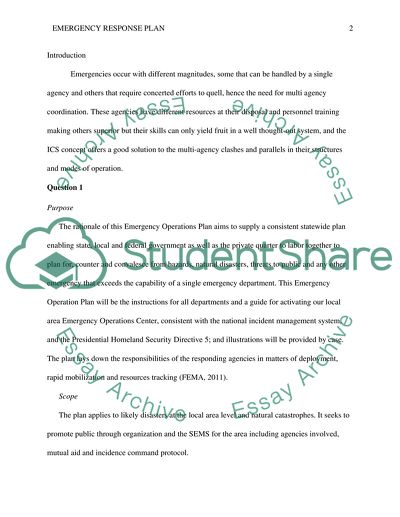Cite this document
(An Emergency Response Plan for a Local Town Assignment, n.d.)
An Emergency Response Plan for a Local Town Assignment. Retrieved from https://studentshare.org/law/1775046-part-ii-a-multiagency-emergency-response-plan
An Emergency Response Plan for a Local Town Assignment. Retrieved from https://studentshare.org/law/1775046-part-ii-a-multiagency-emergency-response-plan
(An Emergency Response Plan for a Local Town Assignment)
An Emergency Response Plan for a Local Town Assignment. https://studentshare.org/law/1775046-part-ii-a-multiagency-emergency-response-plan.
An Emergency Response Plan for a Local Town Assignment. https://studentshare.org/law/1775046-part-ii-a-multiagency-emergency-response-plan.
“An Emergency Response Plan for a Local Town Assignment”, n.d. https://studentshare.org/law/1775046-part-ii-a-multiagency-emergency-response-plan.


